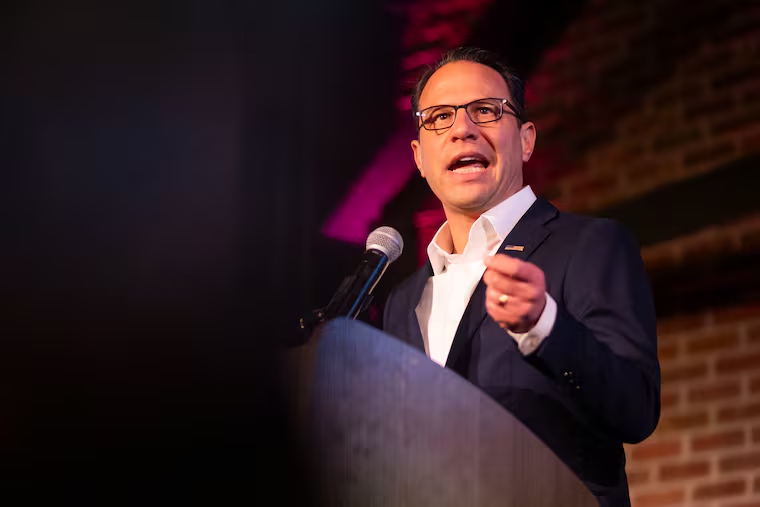FDNY reassigns 17 firefighters from Bronx stations due to involvement in hazing videos.
The New York City Fire Department (FDNY) has taken significant action in response to a scandal involving allegations of hazing among probationary firefighters. As part of a restructuring effort, the department has transferred 17 firefighters from two specific firehouses in the Bronx, following the emergence of troubling videos on social media that show inappropriate behavior during onboarding activities.
The affected firehouses, Engine 38/Ladder 51, located on Eastchester Road, and Engine 43/Ladder 59 on Sedgwick Avenue in Morris Heights, have been the focus of the investigation. According to department directives issued on Monday, nine members of Engine 38/Ladder 51 and eight members from Engine 43/Ladder 59 have been reassigned to stations across the city. The reassignment comes as part of the FDNY’s immediate response to the disturbing content found in the videos.
In the first video, which reportedly originated from Engine 38/Ladder 51, probationary firefighters are seen doing pushups with their faces pressed into cakes placed on the floor, while an off-camera voice counts aloud. The second video features rookie firefighters from Engine 43/Ladder 59 engaging in what is described as an awkward encounter with two unclothed individuals in a paddleball court setting. These videos were flagged shortly after 344 probationary firefighters graduated from the FDNY Fire Academy.
Each FDNY engine and ladder company operates with a five-member crew per shift. It remains unclear who will fill the void left by the transferred firefighters at these stations. An FDNY spokesperson stated that the department launched an investigation as soon as the videos surfaced, emphasizing the FDNY’s stringent zero-tolerance policy against hazing. The spokesperson confirmed that some members had already been suspended and noted that additional measures would follow as the investigation continues.
Legal representatives familiar with the department’s affairs, such as attorney Peter Gleason, have expressed concerns regarding the lack of accountability among the supervising officers. Gleason highlighted the apparent disconnect in leadership and suggested that the department should reflect on its internal culture and leadership practices. He raised questions about how junior members of the department could understand acceptable behavior when such hazing practices appear to be overlooked or tolerated.
The FDNY’s code of conduct explicitly prohibits hazing, a prohibition reinforced by an anti-hazing policy adopted in 2013. This is not the first time the department has faced scrutiny regarding hazing culture, as a previous investigation launched in 2017 sought to address similar concerns about the treatment of new recruits.
As the FDNY navigates this ongoing situation, the accountability of its personnel and a commitment to fostering a professional and safe environment for all members will likely be at the forefront of discussions among leadership and the community.







